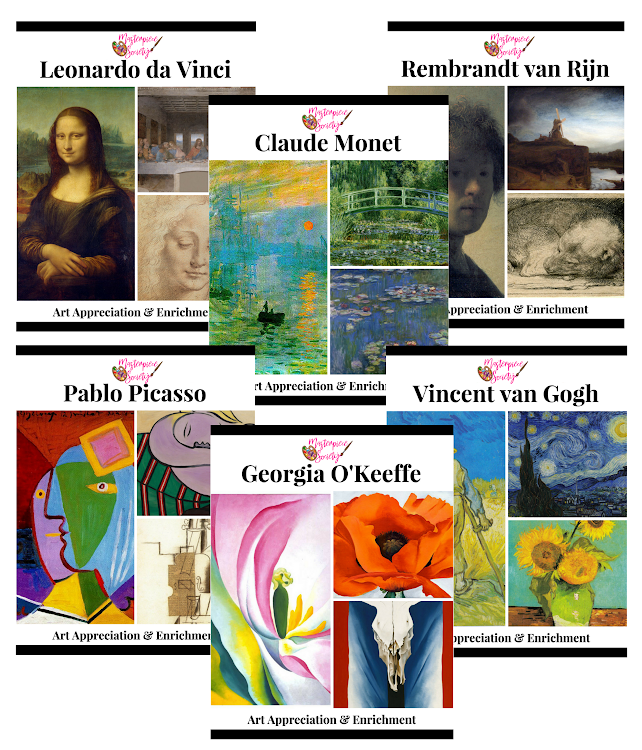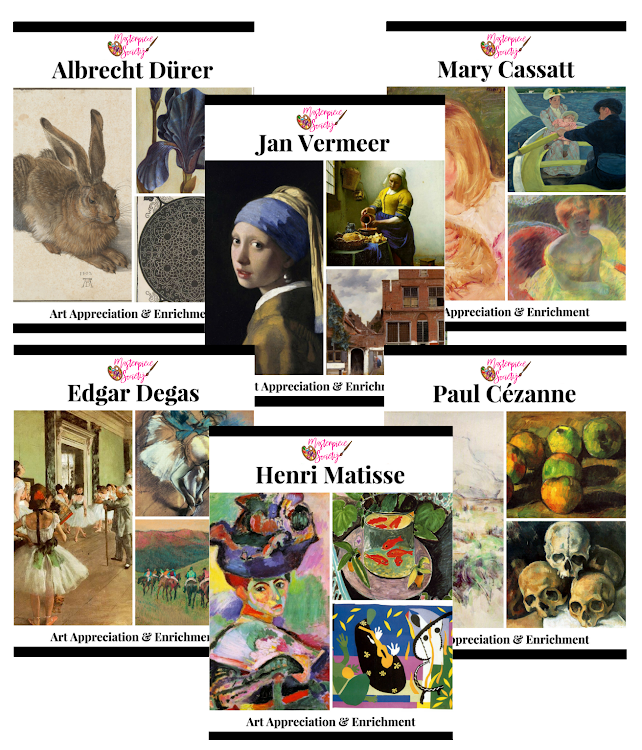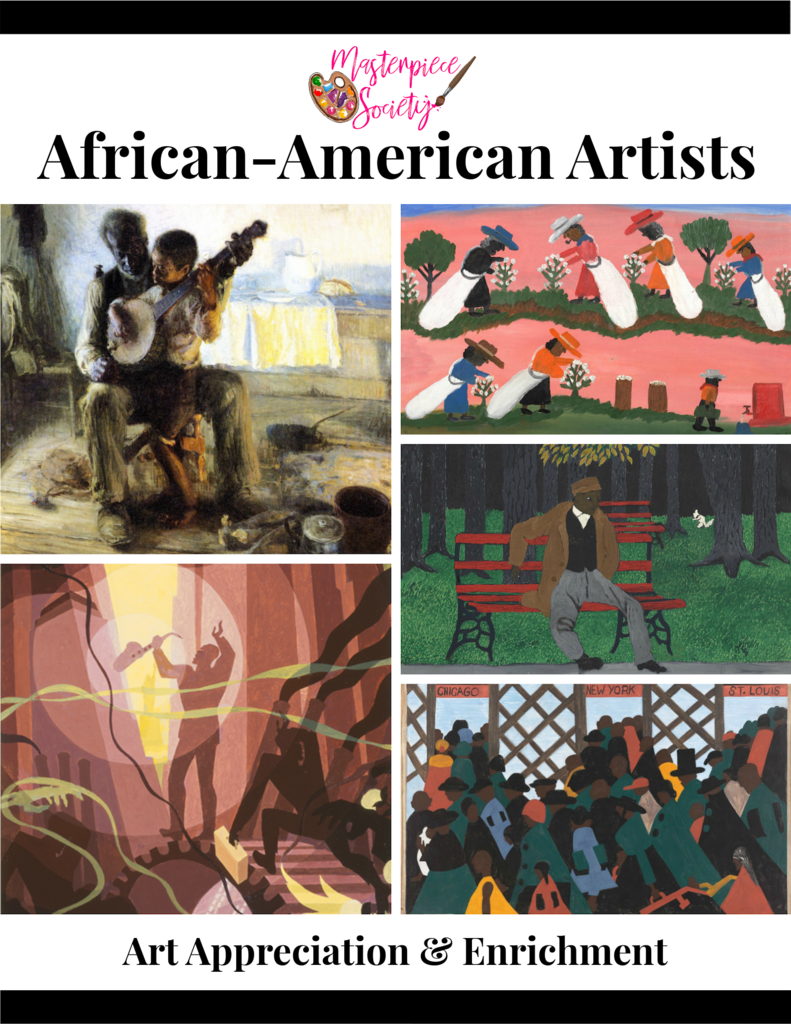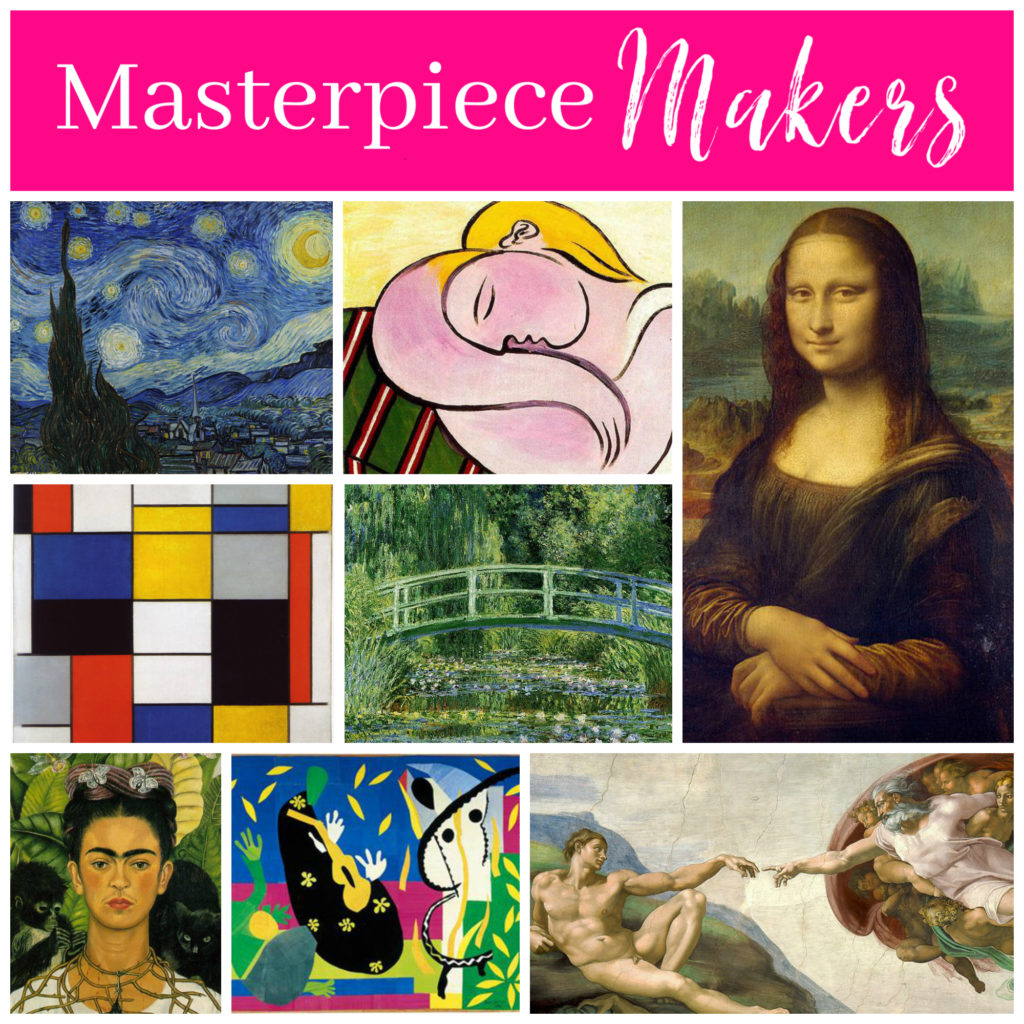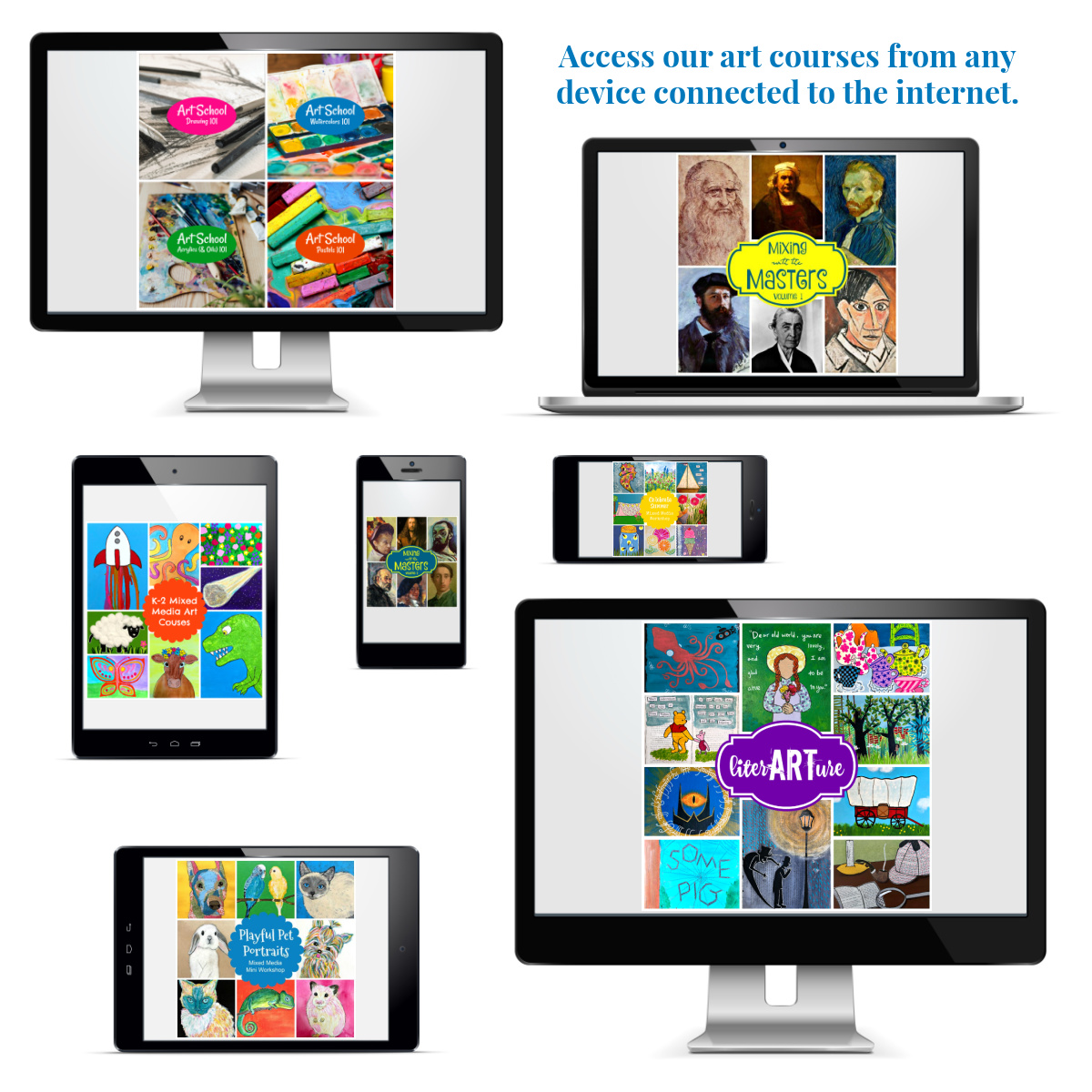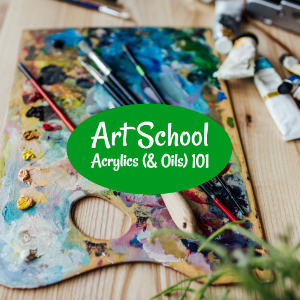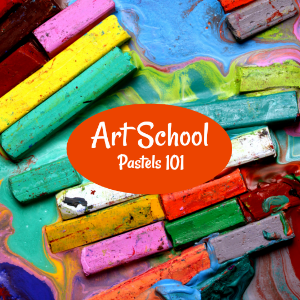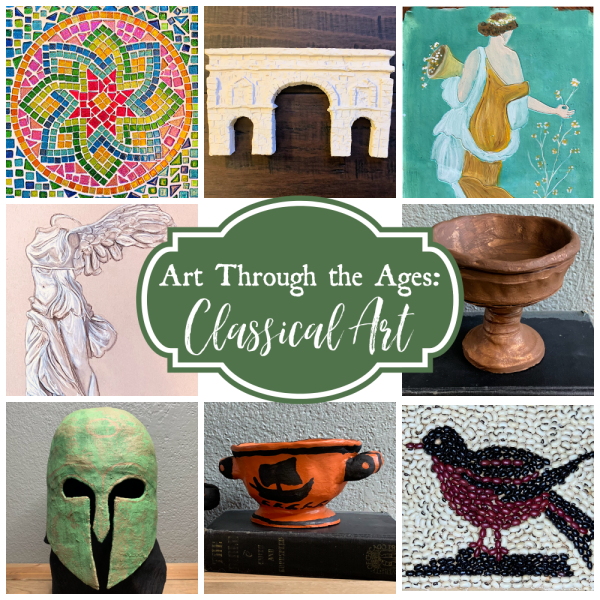Need to sprinkle some creativity and artistic expression into math, science, language, and the areas that often take priority in your learning plans? Good news: we’ve got cross-curricular art ideas to help you use art to enhance those core subjects.
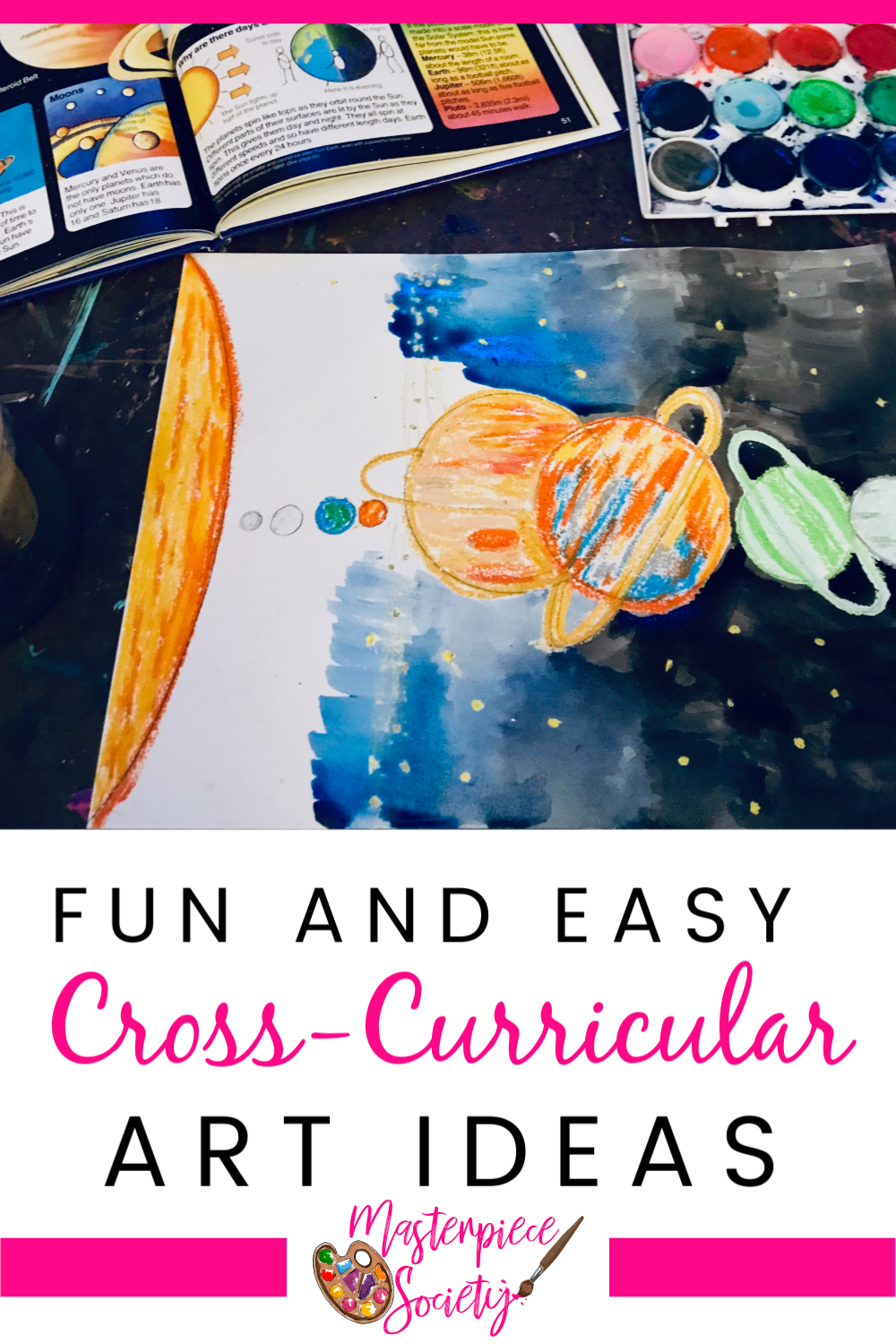 *This post contains referral links for recommended items; this means I could receive compensation if you take action through one of these links.*
*This post contains referral links for recommended items; this means I could receive compensation if you take action through one of these links.*
You see, my kids have always loved experimenting with art, but that doesn’t mean it’s easy for us to make time for a big art project each day or even each week. That’s caused me to get creative over the years when it comes to weaving art into other subjects in our homeschool.
Here are some of our favorite ways to make room for creativity while working on other subjects:
Fun & Easy Cross-Curricular Art Ideas
Adding Art to History and Geography Lessons
There are lots of ways to include art in your history lessons, but the easiest is to explore art from the specific area and era you’re covering. Since art reflects culture, it provides a great opportunity to view history through the eyes of those who experienced it.
As for using art to enhance your history lessons, you can use it to document those lessons. You can do this with notebooking pages and simply have your kids draw a scene from the lesson.
To take it up a notch, have your kids draw and sometimes paint scenes from lessons in an art journal. Better yet, you can use an art journal in the place of a history timeline. To do this, have a dedicated page with the date, title of the lesson, and either a drawing/painting of a scene or person of interest from the lesson.

It’s just as easy to add creativity to your geography lessons. For example, you can draw and paint flags or create maps for the countries you study.
Combining Art and Science
It doesn’t get easier than nature journaling when it comes to combining science and art! Whether you’re on a nature walk or just spending time in your backyard, your kids can do much more than write about what they’ve observed. Their observations can also be recorded through art and can be as simple as making leaf rubbings with leaves from your yard.
Need some art inspiration for nature study? Be sure to check out our Backyard Nature Mixed Media and Watercolor Whimsies courses. :)

For other areas of science, you’ll want to take it topic by topic.
Exploring space? Let your kids paint the solar system or work through our Space Explorers Mixed Media course.
Studying the animal kingdom? Draw the animals or use clay to create animals from your lessons. You can even get creative and use recycled items to create art projects while discussing environmental science.
The Art of Math
Think there’s no way to add art to your math lessons? Think again! Shapes, measurement, symmetry, patterns, graphing, and other mathematical concepts often show up in art. That’s why it’s not such a stretch to include art in your math plans.
For specific ways to combine art and math, see Karyn Tripp’s Math Art and Drawing Games for Kids. It includes lots of fun ideas for using art to introduce and reinforce math skills.

Including Art in Language Arts & Read Alouds
For areas like spelling and grammar, don’t be afraid to think outside the box — or outside the traditional worksheet — for adding art to enhance what you’re learning. We’ve done this several ways throughout the years, my oldest kiddo particularly enjoyed practicing spelling words by painting them or writing them in sidewalk chalk.
Related: Easy Ways to Include Art Appreciation in Your Already-Full Homeschool Day
He also liked reviewing grammar concepts like sentence structure through comic strips. In those lessons, I had him drawing the scenes however he wished, but he had to work a specific number of statements, questions, commands, and exclamations into the text bubbles.
As for adding art to read alouds, keep it simple by having your kiddos color or sketch a character from the story. These are easy, but effective ways to keep hands busy and encourage listening.
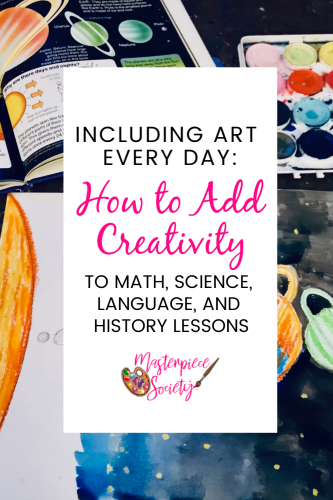
In closing, remember that you don’t have to give up a huge chunk of your day to add art to your learning plans! Instead, take a cross-curricular approach and look for opportunities to add art to other lessons.





